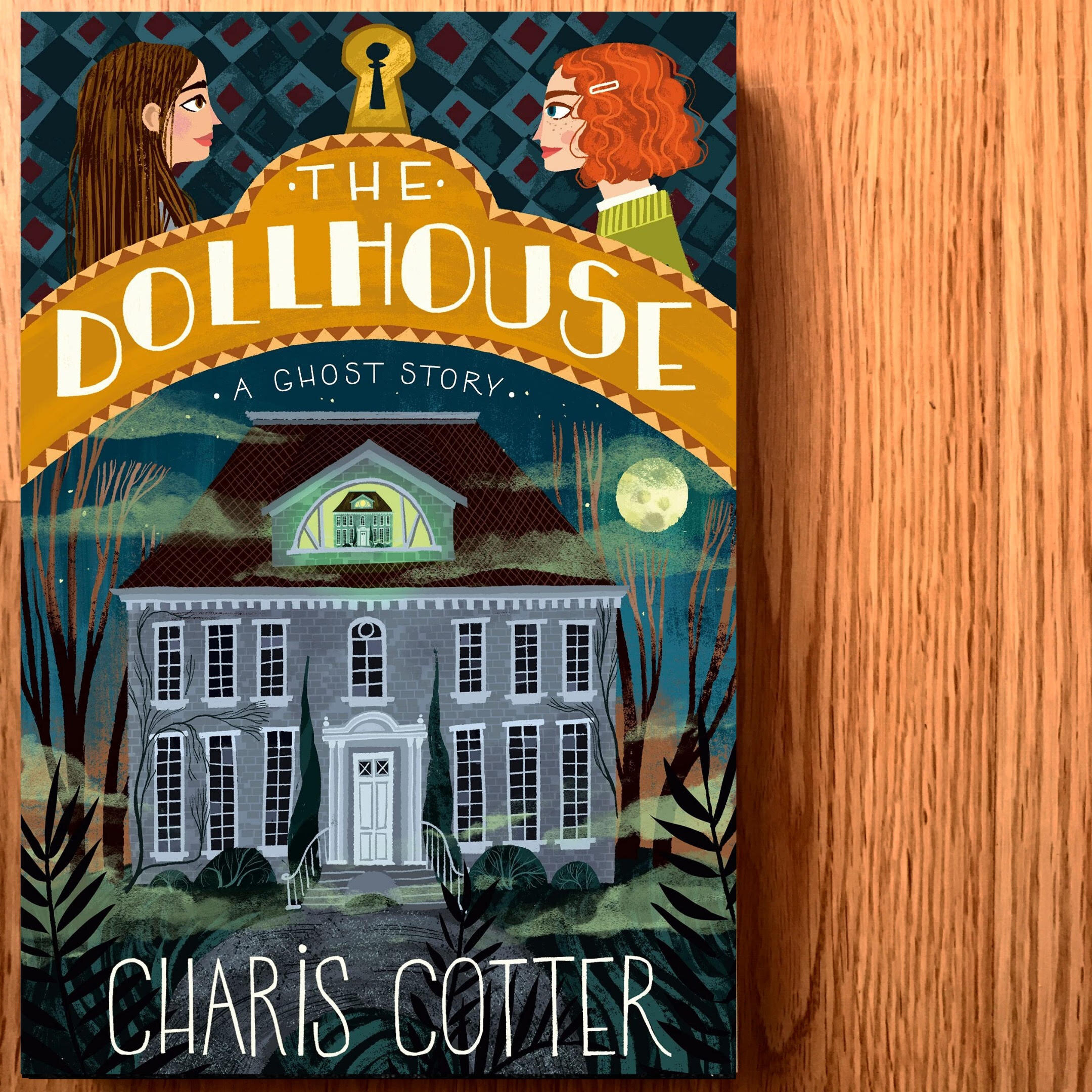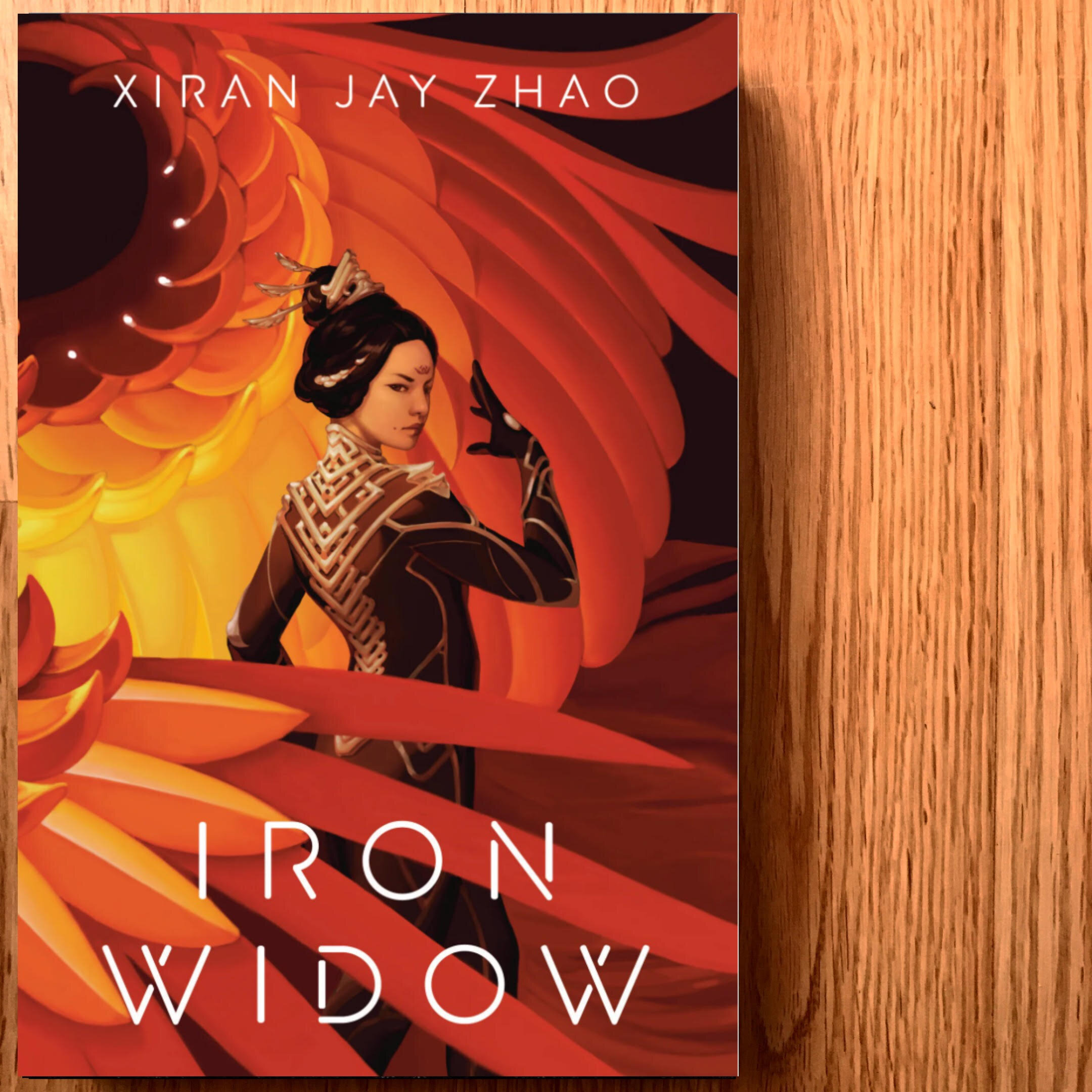By Megan Amato
Content warning: violence, murder, parental death
Once in a while comes a book, usually in a series, that you know as soon as you finish reading it will be placed upon the shelf with those other volumes you turn to when you need a familiar friend to see you out of a reading slump. Something you can count on. Comfort reads. Kalynn Bayron’s YA contemporary fantasy The Poison Heart has very firmly been placed on that shelf.
When Briseis inherits a house from an unknown birth aunt, she and her two moms trial spending their summer there so Briseis can explore her gift and learn more about her heritage—one where plants bloom and grow at her touch and allow her to handle the deadliest plants without dire consequences. As Briseis settles into this town filled with strange inhabitants, newfound freedom settles over her, she begins a budding romance with a mysterious girl, and she reveals her magic to a friend for the first time. Soon, that sense of safety is ripped away when it’s revealed that the garden out back holds an even deadlier secret than the plants grown there. Kept under lock and key is a plant that her ancestors have kept safe for generations. One that others would kill to get their hands on.
After I read Bayron’s debut sapphic YA fantasy novel, Cinderella is Dead, she became an instant-buy author. She has a way of creating incredibly likeable characters—teenage ones at that!—and Briseis was no different. As she works through the labyrinth that is her heritage, it is easy to sympathize with the mistakes she makes from the sense of loneliness that comes with her gift, her desperation to keep her remarkable family from fearing her, and the weariness resulting from protecting deadly secrets. One of my pet peeves in young adult fantasy is when protagonists barely react to traumatic events, especially murder or death, and quickly move on with their lives. However, writers like Bayron ensure that you feel every emotion of Briseis’s as she is confronted with traumatic events: new love, impulsive curiosity, primal fear, blinding anger, and paralyzing grief. It reminds you that even with her magic, she’s still human.
One of my favourite elements in the novel was Briseis’s moms and their unconditional support of their daughter through everything. Adoption always comes with its share of trials and traumas, and when birth families are suddenly involved, it can be painful for both the adoptee and adoptive parents. However, Briseis’s parents are open and honest with her while encouraging her to learn about her heritage at her own pace. Even as the plot develops and unbelievable circumstances come to light, they trust that Briseis was telling the truth and that she could make the right decisions—it contrasted nicely with another less-than-appealing parental relationship in the novel.
Contemporary/urban fantasy is one of my favourite genres. I love the blend of myth and folklore with the real world. Bayron does it beautifully, layering Greek mythology into this small modern town full of big characters and even bigger stakes. Many of my favourite tropes are found in this novel, including nature-based magic, a small town filled with colourful characters, and a powerful love interest who’s a softie for the protagonist. This book was easy to read, bursting with beautiful botanical descriptions, and full of humour that had me giggling out loud. I will leave you with these final words: if a mysterious kind lady tells you not to grow oleander, for the love of the Greek gods, listen to her!





















